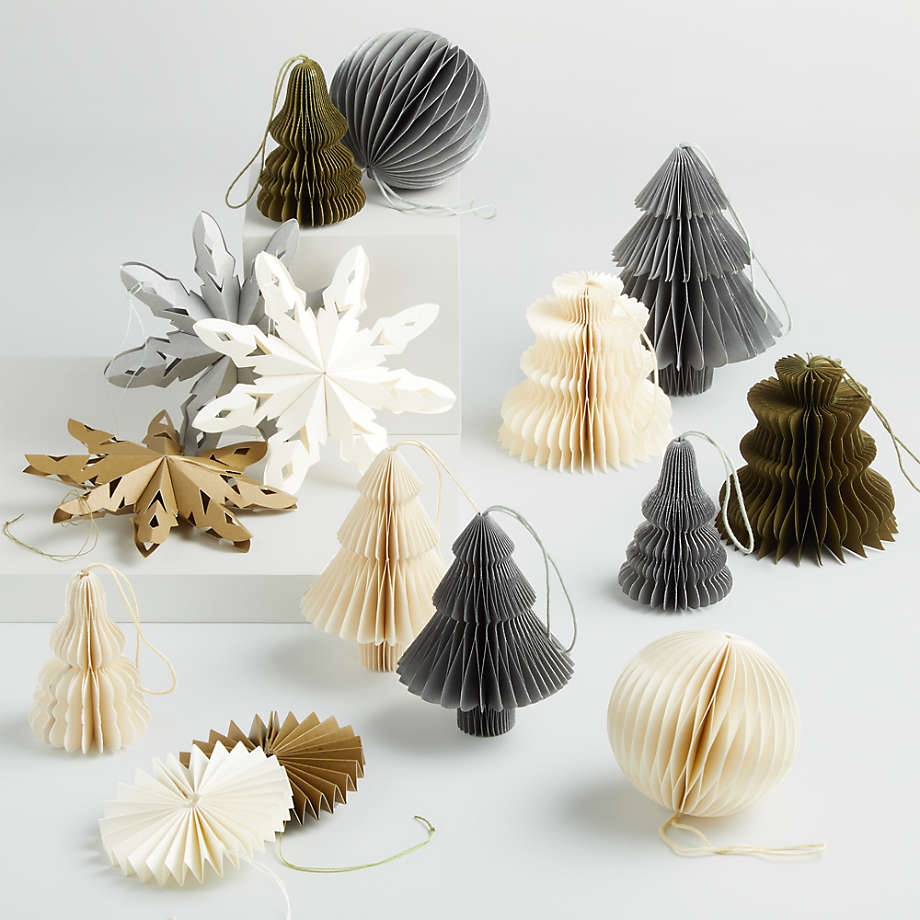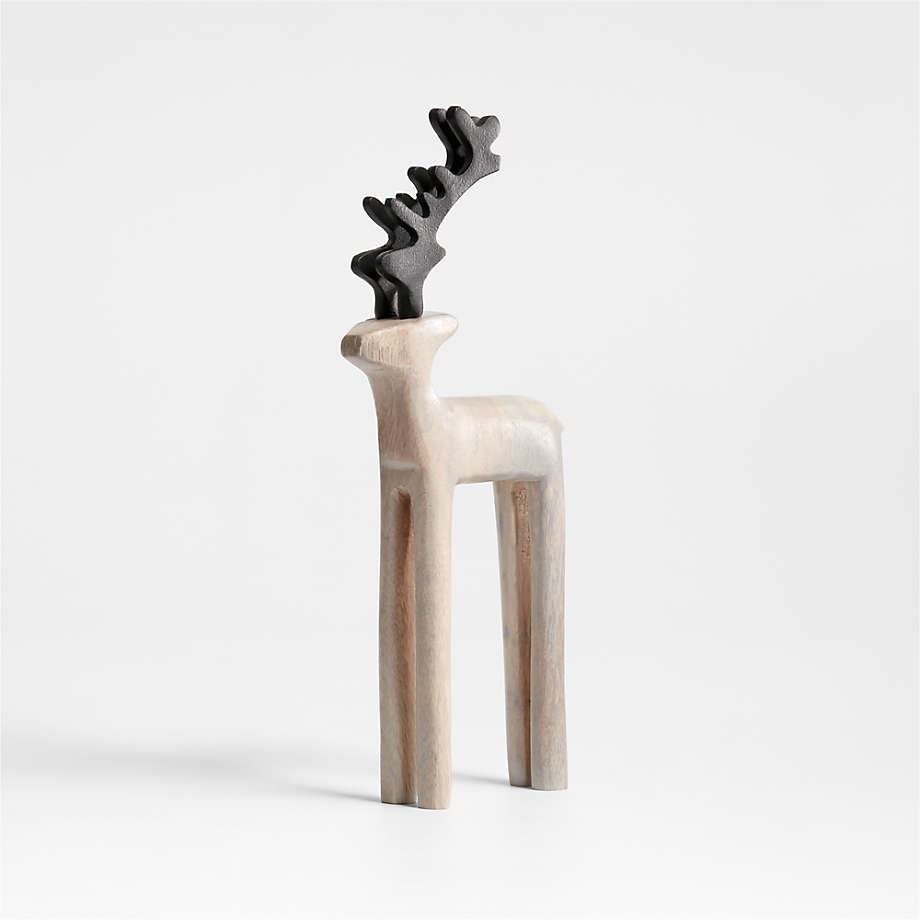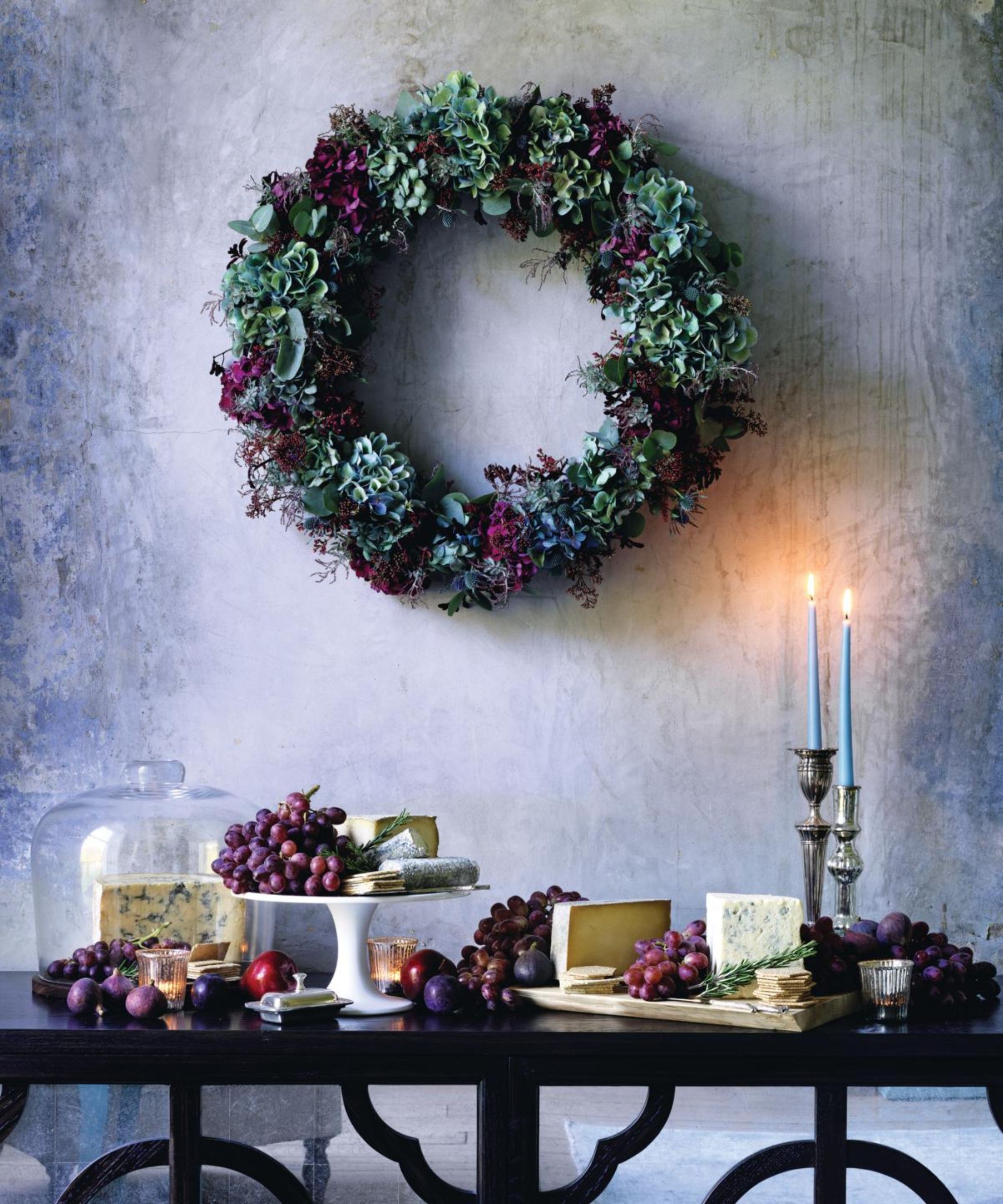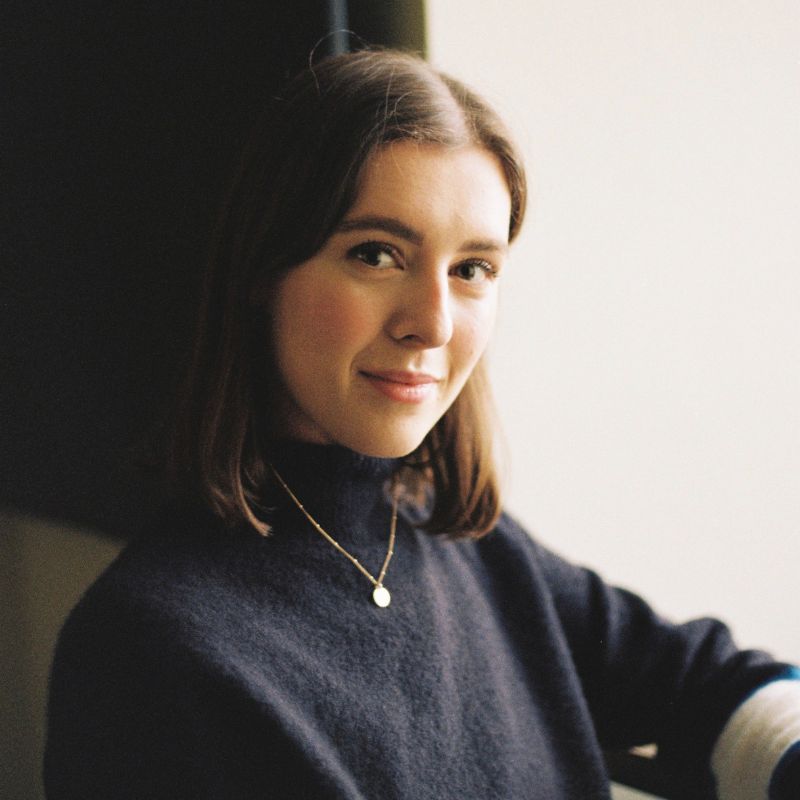Interior designers say these 5 Christmas decor trends now feel outdated
Avoid these five trends for a timeless approach to festive decor


While decorating for Christmas is of course down to personal preference, there are certainly some decor trends that now feel outdated. Christmas decor ideas can often welcome saturated colors and eccentric decorations, and while some people love this look, interior designers observe that other alternatives can feel more sophisticated.
Decorating your home for Christmas might be a matter of personal taste, but if you want to ensure that your festive scheme looks delightfully contemporary and aesthetically pleasing, there are certain outdated, once popular, trends that you should consider ditching for 2023.
Below, we've rounded up five Christmas decor trends that according to interior experts now feel outdated, and can instead be reimagined for a more up-to-date look.
1. Monochrome schemes

'One of the biggest trends I have never been on board with is the monochrome, white-lit trees and decor,' says Tyson Ness, interior designer and founder of NYC-based Studio Ness. 'I love the explosion of color and joy that comes around the holiday season – something to break up the monotony of the winter and to help foster a festive spirit.'
'In my home, I lean into the classic rainbow light strands and ornaments with a lot of shine and kitsch. If you find yourself with a pre-lit white tree, do not fret; you can still use it and incorporate shiny, bright, and colorful baubles into your treescape, and you'll immediately see the transformation. Christmas only arrives once a year; it should be a joyful time, and your decorating is the best way to express it.'

Tyson Ness is the founder and director of Studio Ness, a NYC-based full-service interior design studio. Studio Ness is known for its collaborative approach to residential and select commercial and workspace projects across the US and abroad, crafting spaces that are unique to the client. Tyson has over a decade of experience in the NYC design sector and has worked on a number of projects that have been featured in publications both in print and online.
2. Using too much plastic

'Instead of decorating the home with new decorations which are produced from large amounts of plastic and packaged in the same material, many homeowners are looking to recycle decorations and even make their own with recyclable materials such as paper and cardboard,' says Kate Duckworth.
Not only do plastic decorations have environmental concerns, but the look of them can make your overall decor appear cheap. This doesn't mean you have to spend lots however, you can opt instead for paper or wooden decorations, or a DIY Christmas decor approach to achieve an organic, handmade look. 'We are concentrating on less expensive, handmade pieces with a classy tone,' observes designer Artem Kropovinsky, founder of Arsight.
Design expertise in your inbox – from inspiring decorating ideas and beautiful celebrity homes to practical gardening advice and shopping round-ups.



3. Oversized decorations

Opting for oversized decorations may have had its popularity in recent years, but experts say it can now feel outdated. Whether this is on the tree with large ornaments or on a Christmas garland as pictured above, oversized decorations can be swapped for smaller decorations that will create a more timeless look. It's also important to consider the size of the space you're decorating: excessively large decor items in a small room can be overpowering and look imbalanced. 'Oversized tree decorations are taking a back seat and making way for smaller and more unique decorations,' says Kate Duckworth.
4. Artificial foliage

Embracing artificial Christmas foliage can by all means still have its place when it comes to decorating for Christmas, but choosing real greenery will no doubt create a far more authentic and timeless look. 'Our choice of natural greenery will create a cool and organic atmosphere fit for the holidays,' says Artem Kropovinsky. Incorporating real foliage into your home over the holidays will also make your space feel more connected with nature, and there are so many ways to get creative with styling foliage, from making your own Christmas wreath to using it as a Christmas table centerpiece.

Based in New York, Artem Kropovinsky, founder of Arsight, has a decade of extensive and considerable global design experience. Prioritizing minimalism, sustainability, and authenticity, Artem, alongside his team of professionals, works on projects in the US and worldwide.
5. Traditional colors

While some people love traditional Christmas decor and others prefer modern Christmas decor, experts say that classic Christmas color trends can now feel outdated. 'Obvious color patterns such as red, white, and green are no longer as favored as they were in times gone by,' says Kate Duckworth.
This doesn't mean that traditional hues can't look good, but if they're too bold they can end up looking overpowering in the home. When choosing which colors are best, think about how they tie in with the rest of your home's decor. If your home is filled with muted, earthy colors, then continue this natural look with your Christmas decor; or if you already embrace bold hues, then colorful, maximalist Christmas decor will no doubt suit your home.
While experts say these decor trends may now feel outdated for Christmas, it's important to decorate with whatever brings you the most joy throughout the festive period, without getting too caught up on trends.

Emily is a freelance interior design writer based in Scotland. Prior to going freelance in the spring of 2025, Emily was Homes & Gardens’ Paint & Color Editor, covering all things color across interiors and home decor for the Homes & Gardens website. Having gained specific expertise in this area, Emily is well-versed in writing about the latest color trends and is passionate about helping homeowners understand the importance of color psychology in home design. Her own interior design style reflects the simplicity of mid-century design and she loves sourcing vintage furniture finds for her tenement flat.